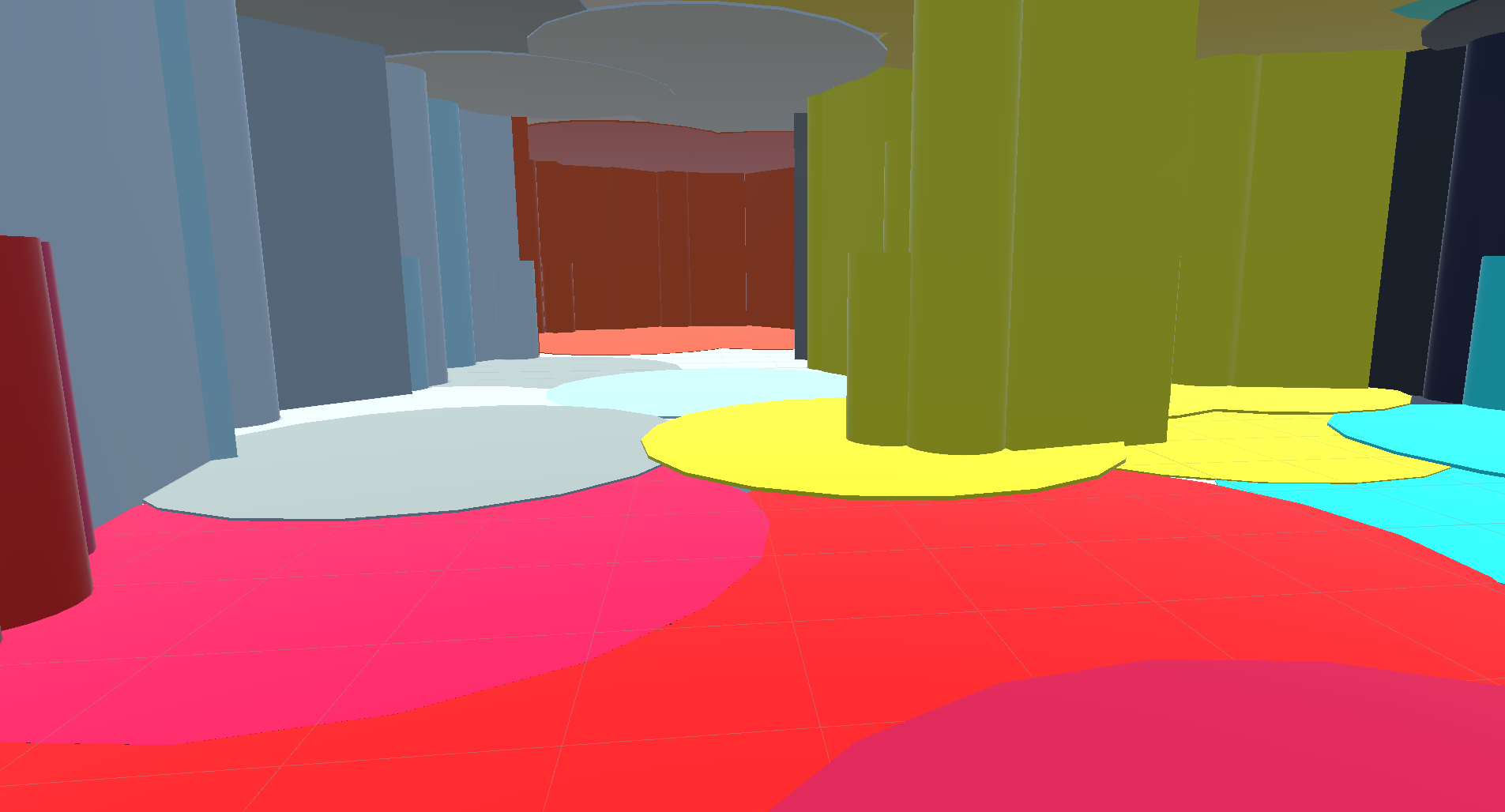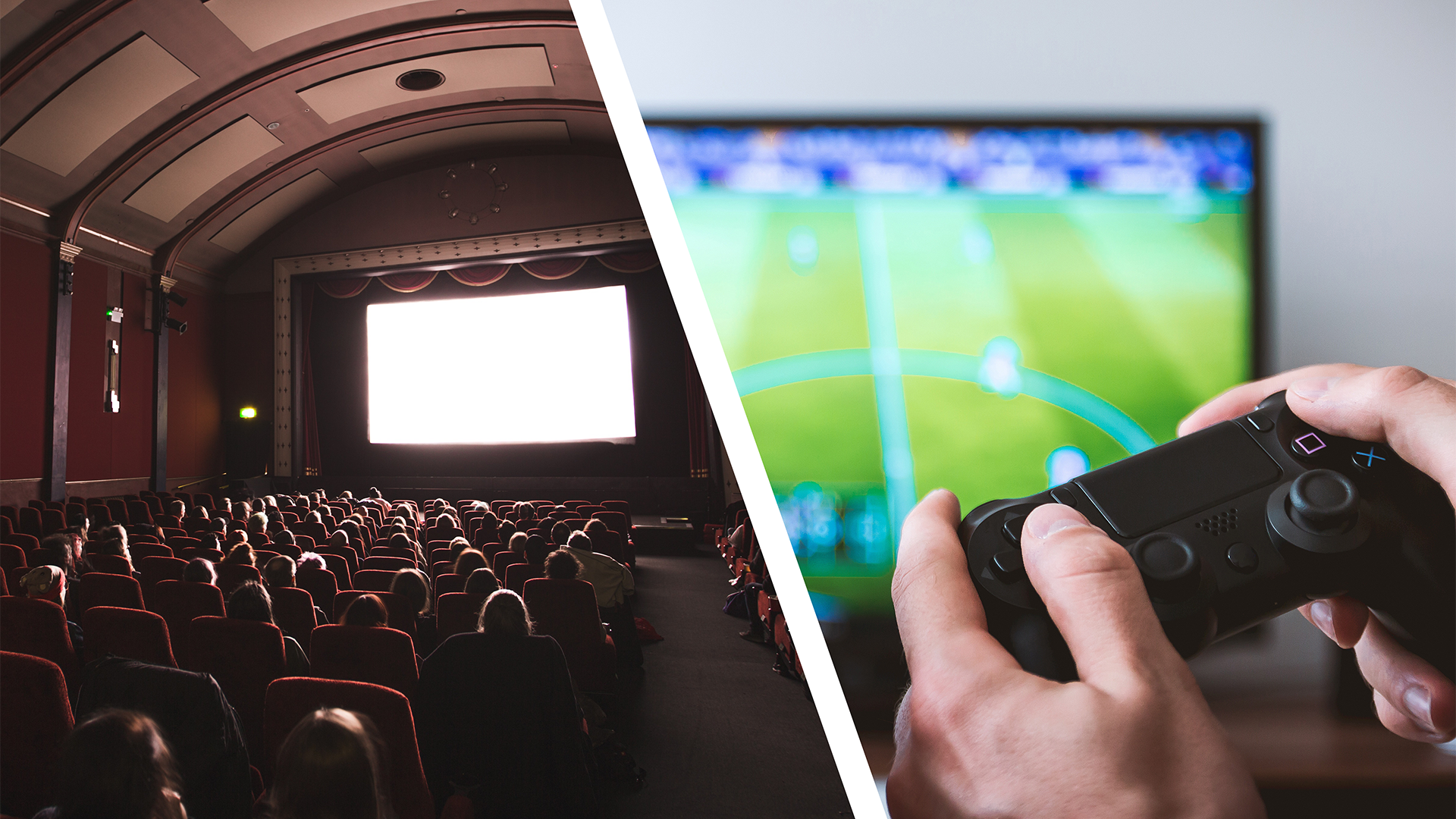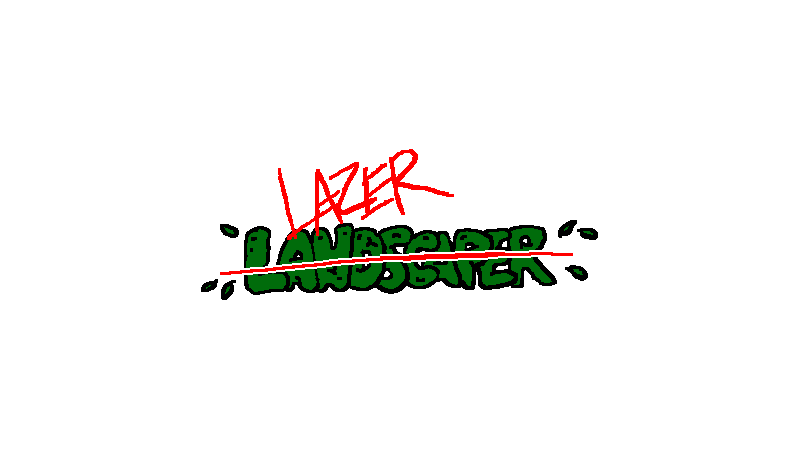Evaluating a Colour-dynamic Boundary System for Room-scale Virtual Reality
This thesis deals with room-scale VR applications. Consumer room-scale apps have the issue that the environment available to consumers is usually not optimal to experience these apps. Walls may be close to the play area or furniture may be in the way. Therefore it is a challenge to developers to keep users from going where they shouldn't.
One method to do this was developed for the first consumer room-scale VR headset, the HTC Vive. It's called the Vive Guardian and presents as a luminous blue coloured grid around the user. Oculus Rift and Windows Mixed Reality Headsets soon followed suit and developed similar systems.
In research, mostly novel methods are developed and evaluated but the efficiency of the existing boundary systems is not well researched. As safety in room-scale applications is still a concern, as an online survey of mine showed, I wanted to research one aspect of these systems in detail - the colour.



I implemented a boundary grid resembling the Vive Chaperone so I could modify the grid's colour freely. One version of this grid was set to have the original luminous blue colour. A second version was programmed to change colour dynamically. The colour was generated in accordance to the background colour, having a high amount of contrast but staying similar in warmth and brightness to be pleasant to look at.



The two versions of the grid were compared in a user study with 15 participants between the ages of 24 and 41. The participants used a Oculus Rift CV1 and its controllers. The task was to navigate an abstract, colourful 3D environment constructed in Unity3D. Buttons appeared at random positions and participants could either walk or teleport to the buttons to press them. While participants were completing the task, several types of data were recorded, including their distance to the boundary and the times of any collision with the boundary. After the task they were also asked to complete a questionnaire with questions regarding their feeling of safety and presence.
Sadly, none of the categories showed a significant difference between both versions of the boundary. Therefore it can be concluded that a colour-dynamic boundary system doesn't make a difference in user experience or behaviour.







